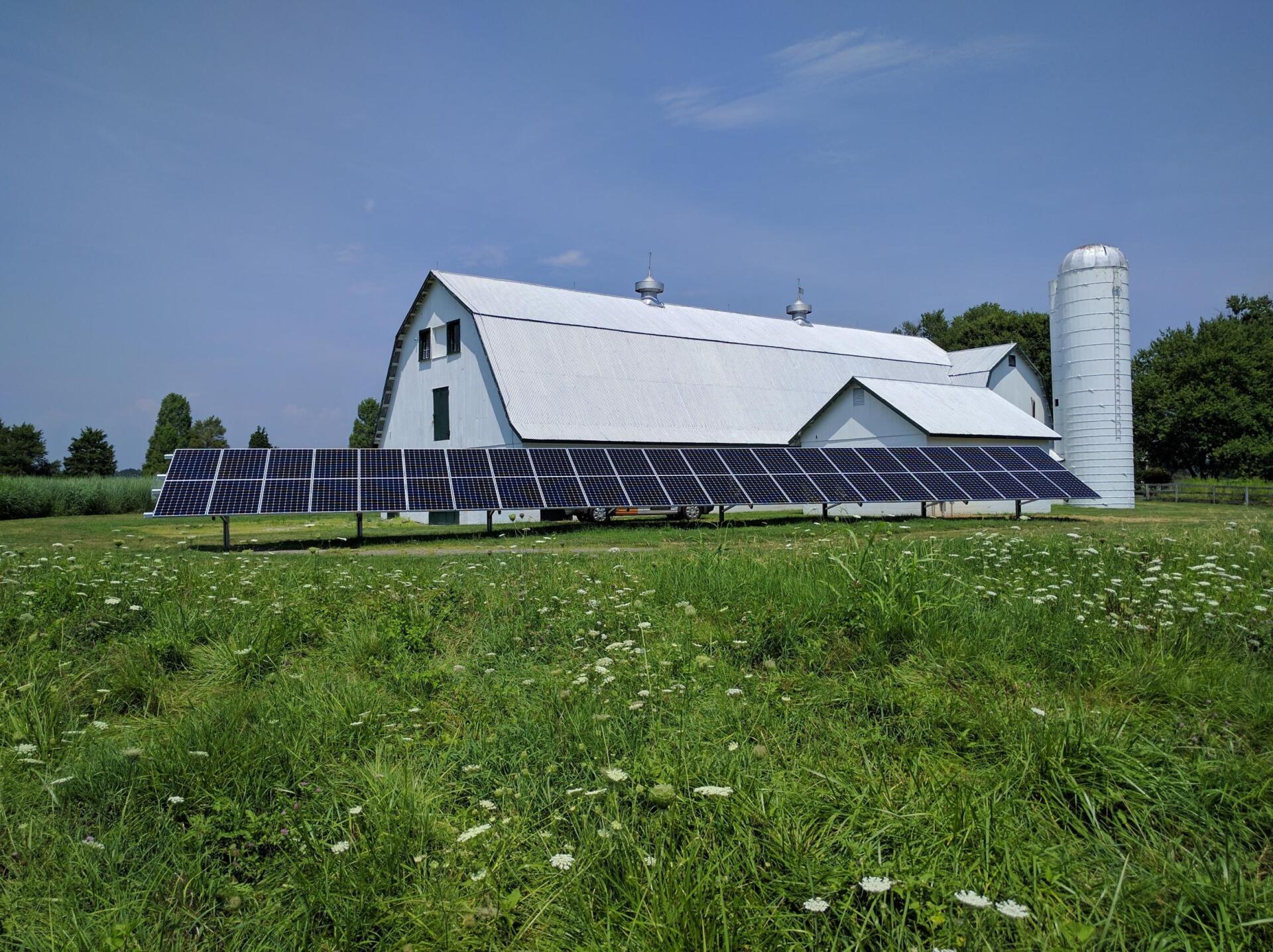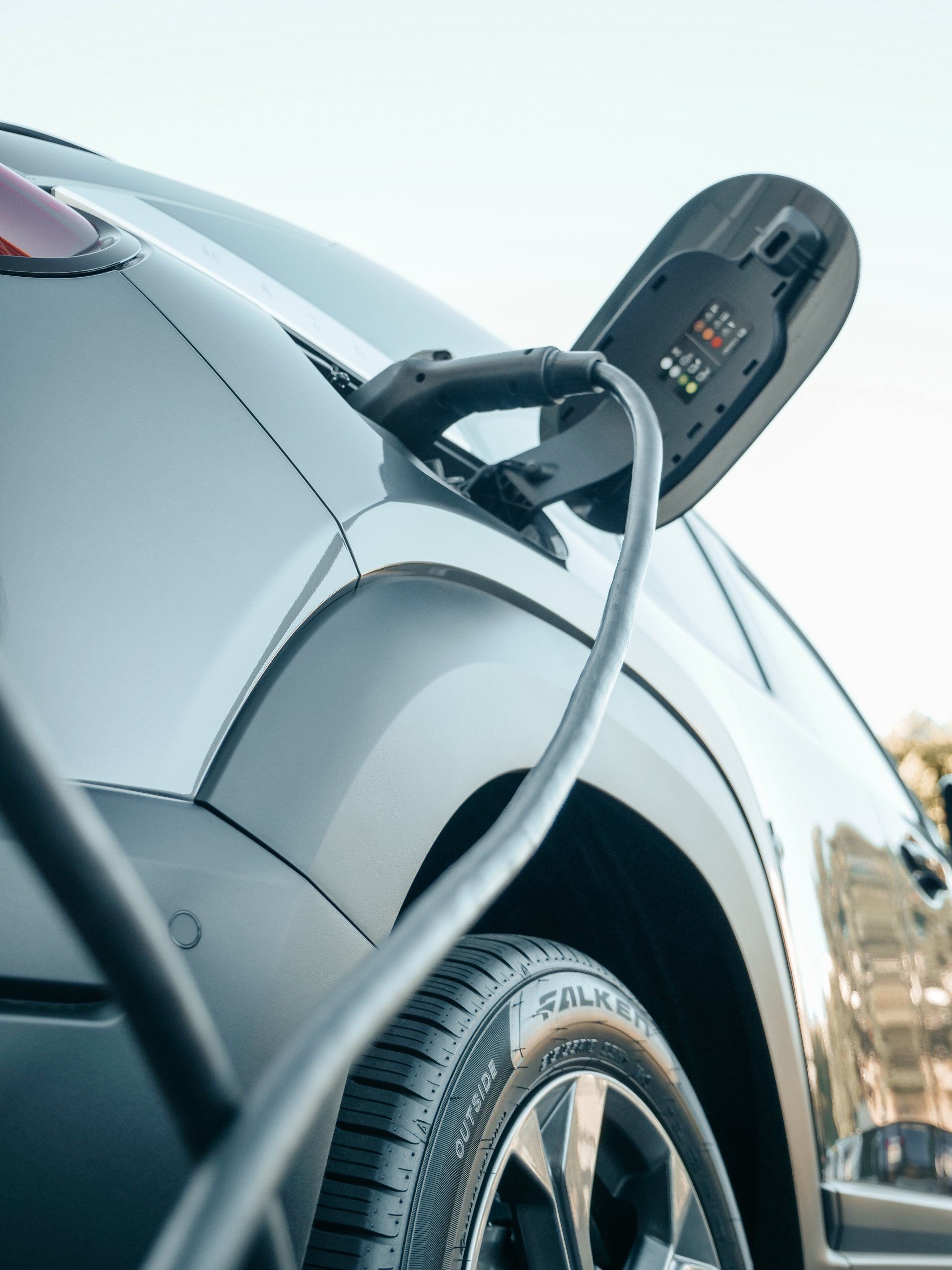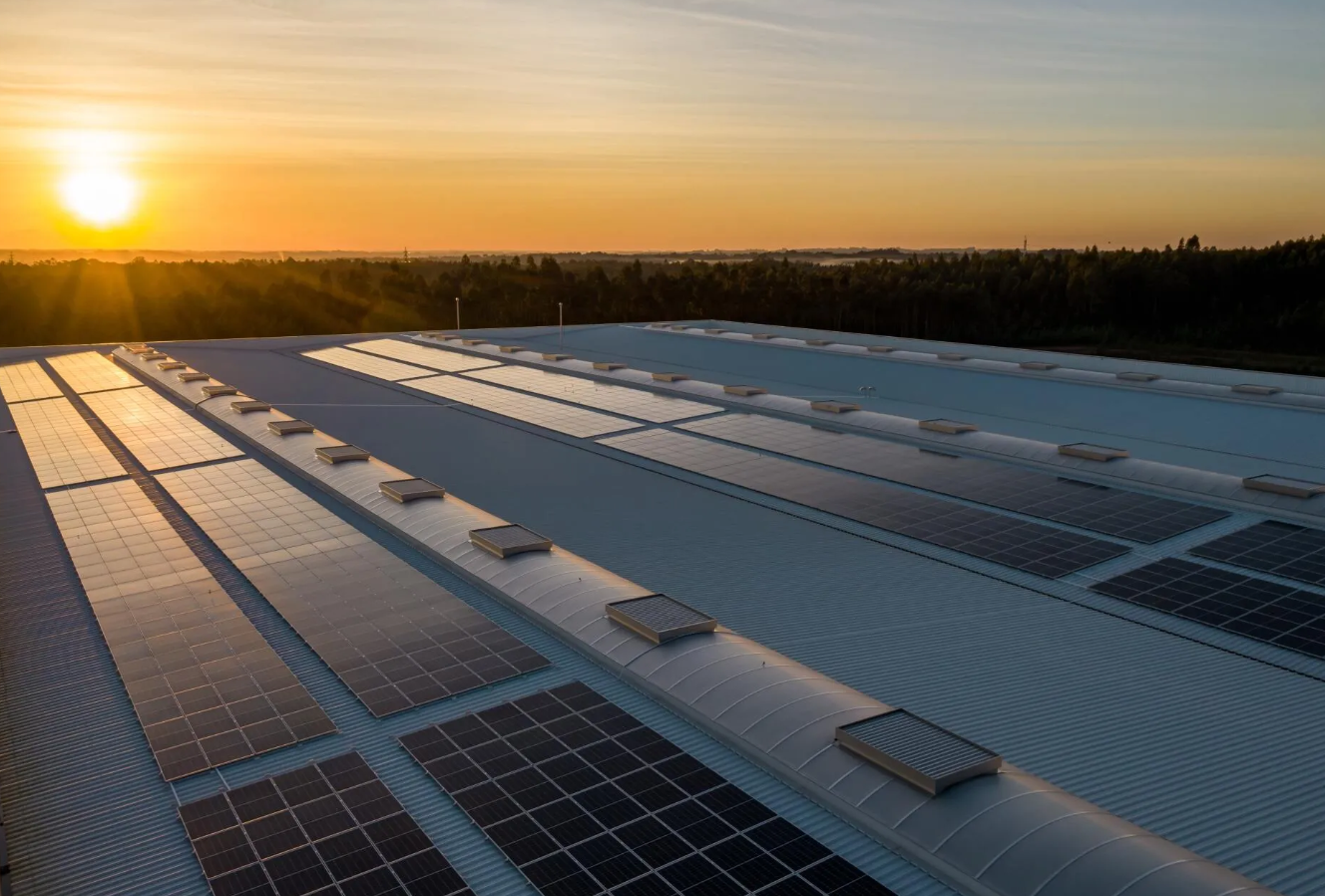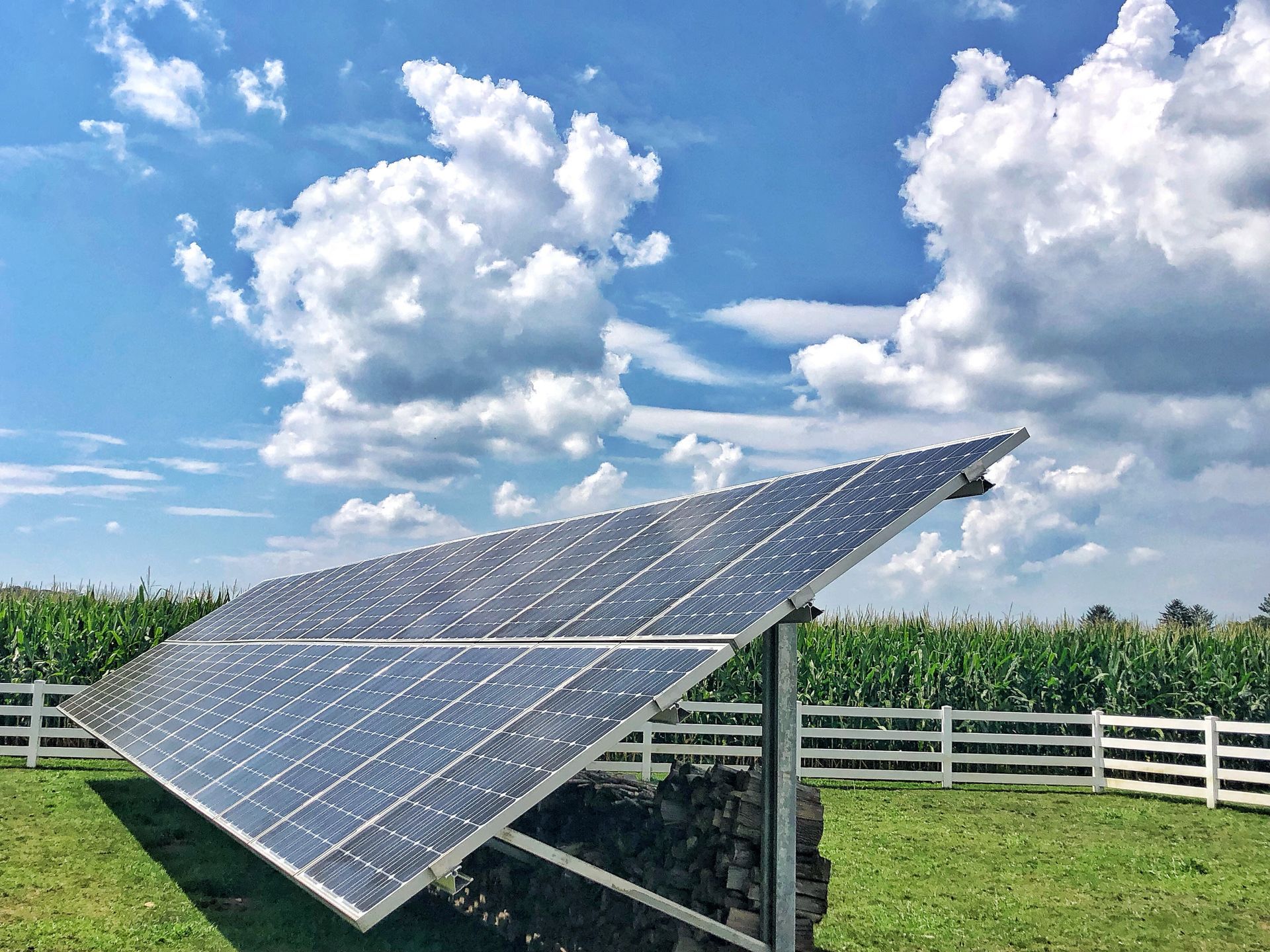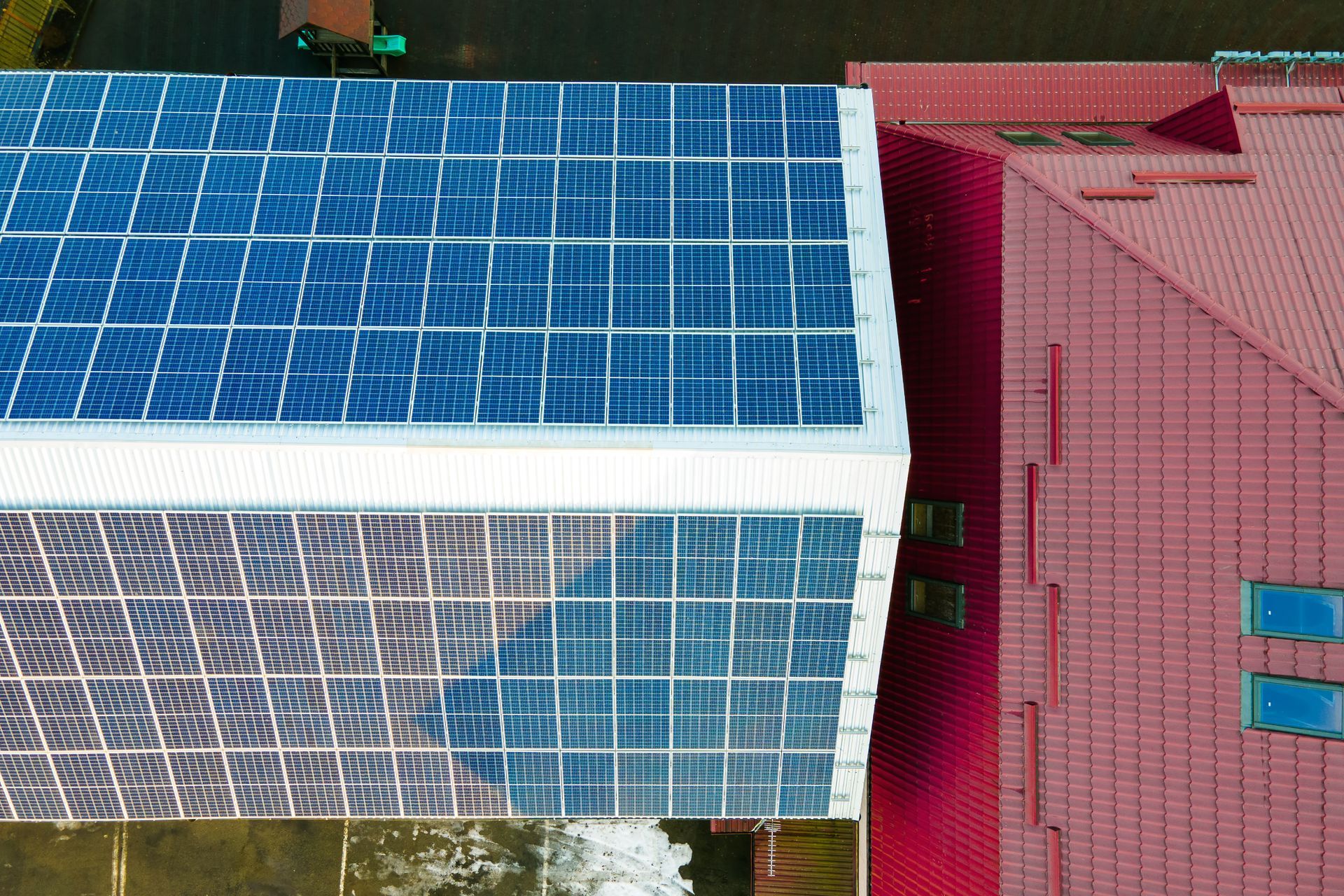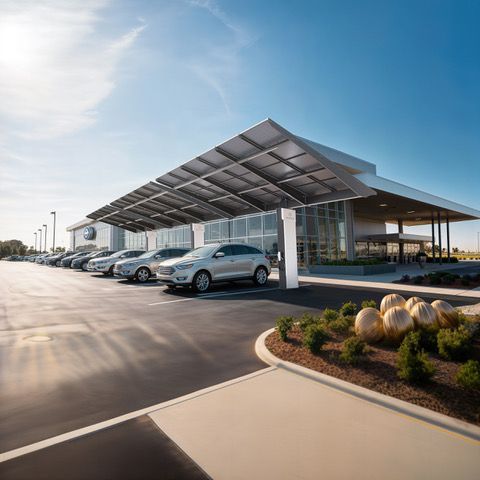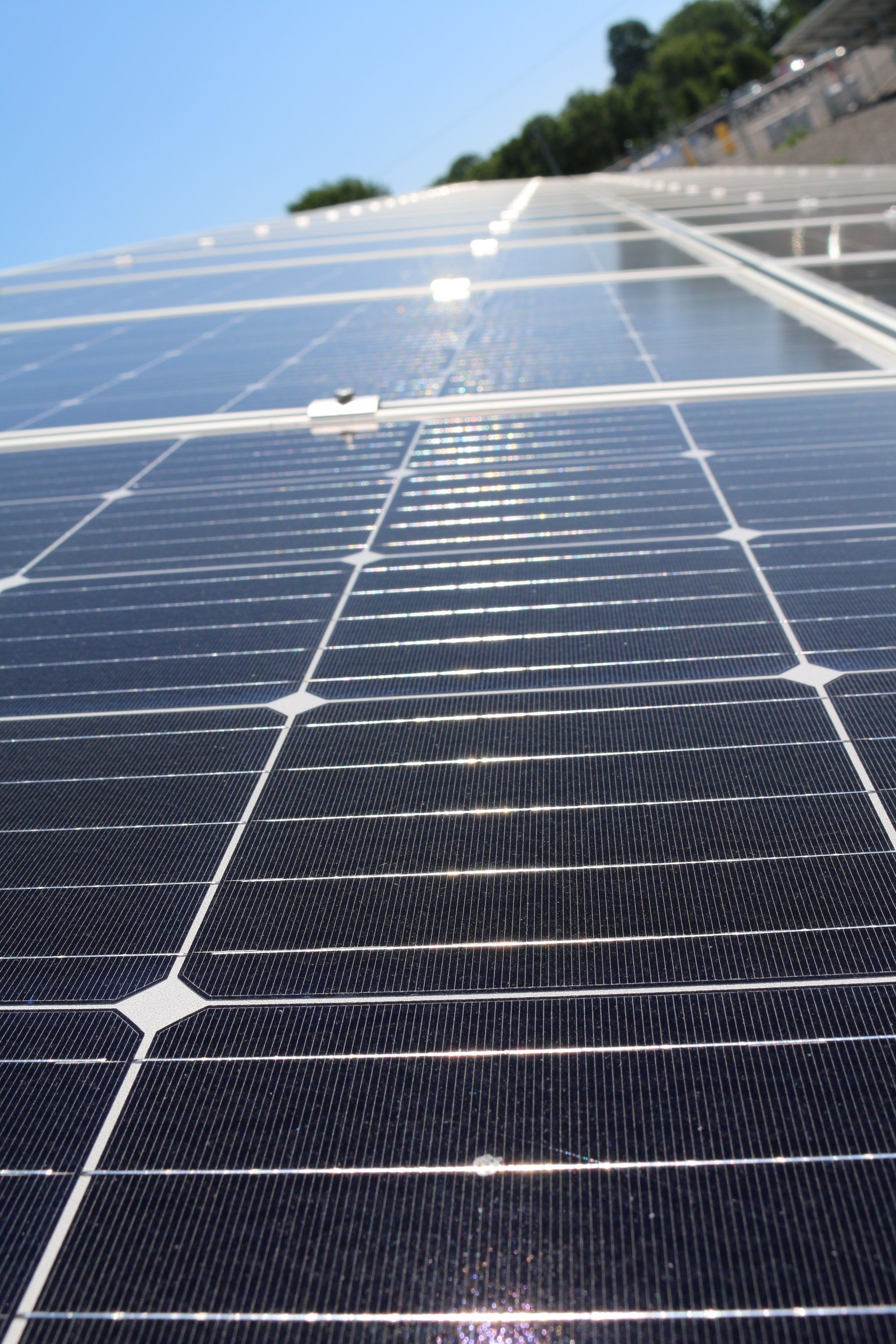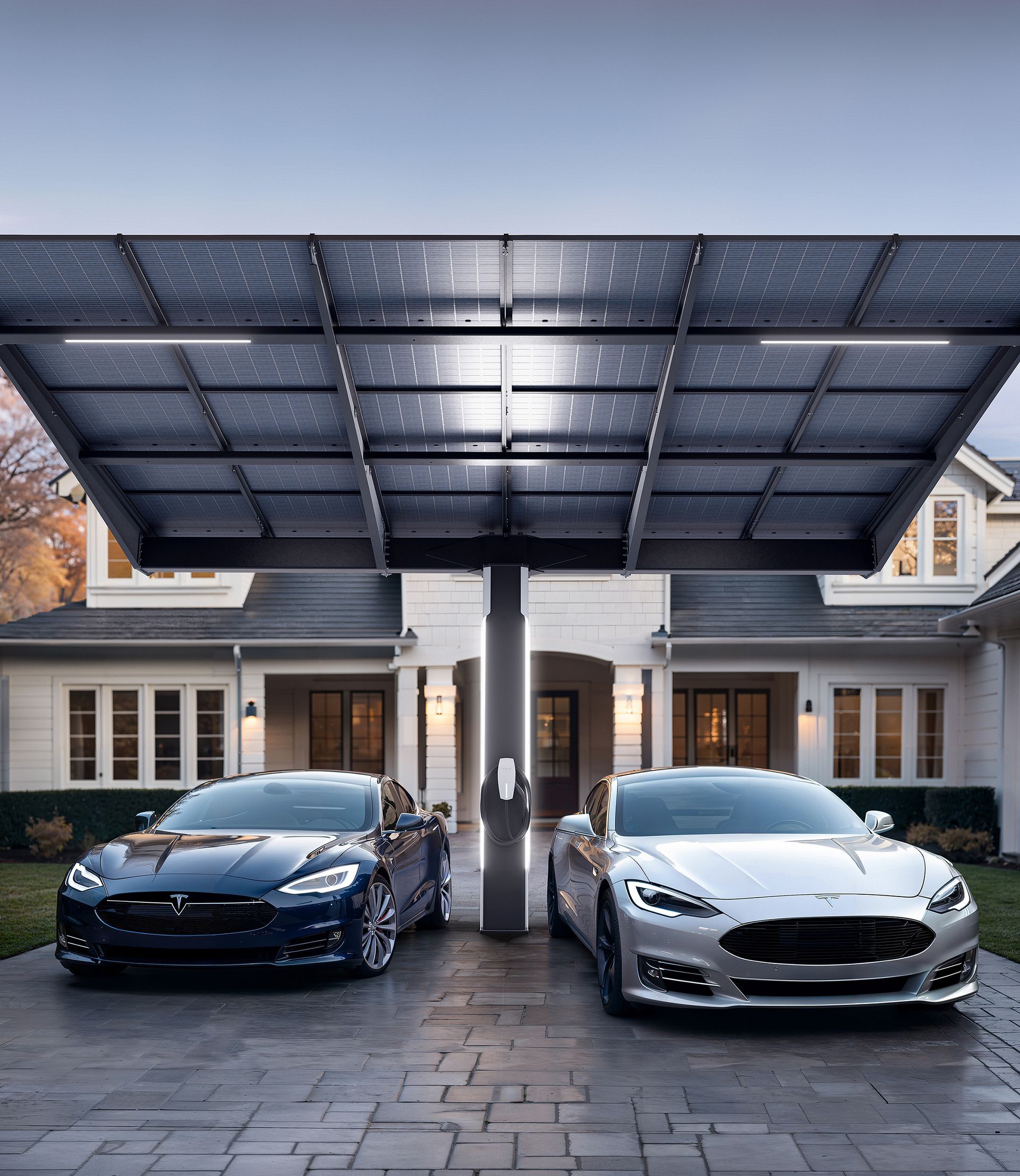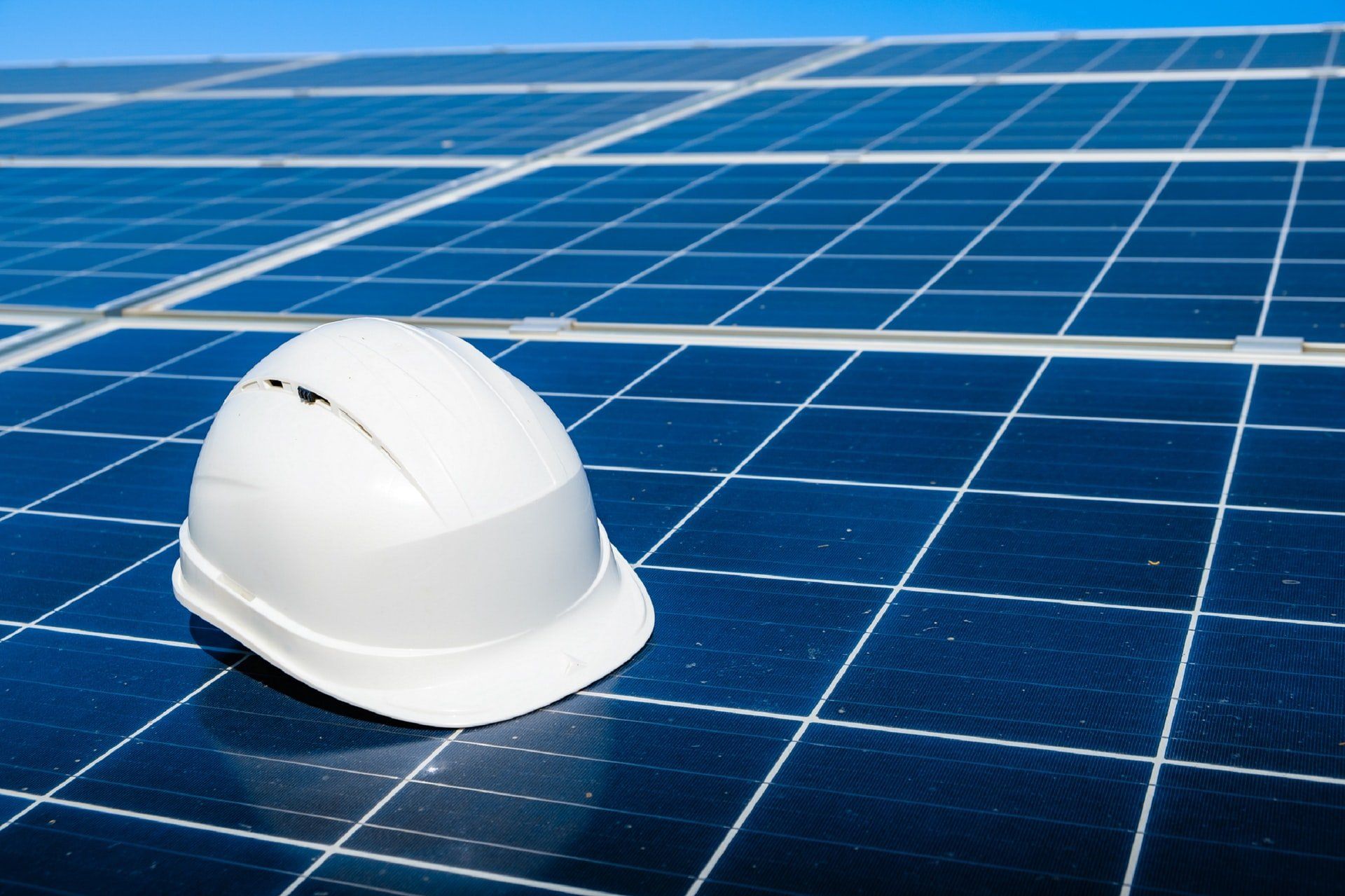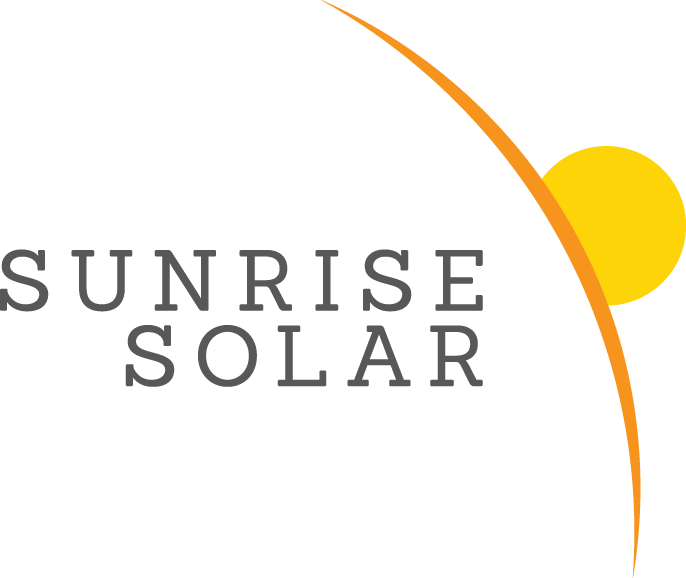Can You Install Solar Panels On North-Facing Roofs?
If you have a north-facing roof, you might think that solar just isn't going to work for your property. Even though it's true that north-facing roofs aren't ideal for solar, you still have options: while you will have some challenges to work around, there are several alternatives available that will let you go solar despite having a non-optimal roof.
Factors to Consider When Choosing a Solar Solution
When considering roof-mount solar for your home, there a number of things to consider when picking the right system to meet your needs, including your roof's orientation, pitch, type, and any surrounding obstructions. All of these factors will help determine whether your roof can support solar, but the most important is the direction and angle your roof faces.
The direction of your roof is key. Start by locating your property on Google Maps: look up your address and find true south on the map, then determine where your roof faces in comparison. Having a roof that has southern exposure is, in general, the optimal situation for a potential roof-mount system. This orientation will create the most annual solar production in the northern hemisphere. Even if your roof doesn't face directly south, you can still produce quite a bit of electricity. If you don't have a south-facing roof, east- or west-facing panels can also be an option- you will typically see only a 20% decrease in energy production from a roof facing due east or west. North-facing panels, on the other hand, generally produce much less energy than south-facing panels, and usually present challenges for homeowners looking to go solar, as panels installed on these roofs will not produce enough to make financial sense.
Options for Properties with North-Facing Roofs
Even if you have a north-facing roof, you still have some solar options. It's possible to mount solar panels so that they oppose the slant of your roof, though this solution may not be as aesthetically pleasing, as they won't sit flush. Generally, this isn't the best solution, since these panels still won't yield much energy. You will need to add more panels to compensate for energy losses, and even then, it's unlikely that you could produce enough to make it a viable option. This combination of challenging mounting logistics and the need for additional panels may lead to looking for alternative solutions to give you a better return on your solar investment.
The best alternative to panels on a non-optimal roof are ground-mount solar installations, which can help overcome many of the limitations presented by roof-mount solar. These systems are an excellent option for individuals who don't have good roofs for solar but have some open, unshaded yard space to use. There are several types of ground-mount systems, both fixed and tracking, which can vary in terms of cost and production. For example, a fixed-mount system will often cost less to install upfront, but will have a lower energy yield (and thus will make less money for you) over time, whereas a dual-axis solar tracker, which can be more expensive but will produce up to 45% more energy than a fixed rooftop system due to its ability to follow the sun.
Again, if you have a north-facing roof, don't let it deter you from your dreams of going solar. Ground-mount solar is a viable option, and even if you don't have the yard space for one of these options, you can look into alternatives such as community solar, which will let you buy into a project installed elsewhere, allowing you to reap the benefits of solar without needing an optimal roof or property to do so.
